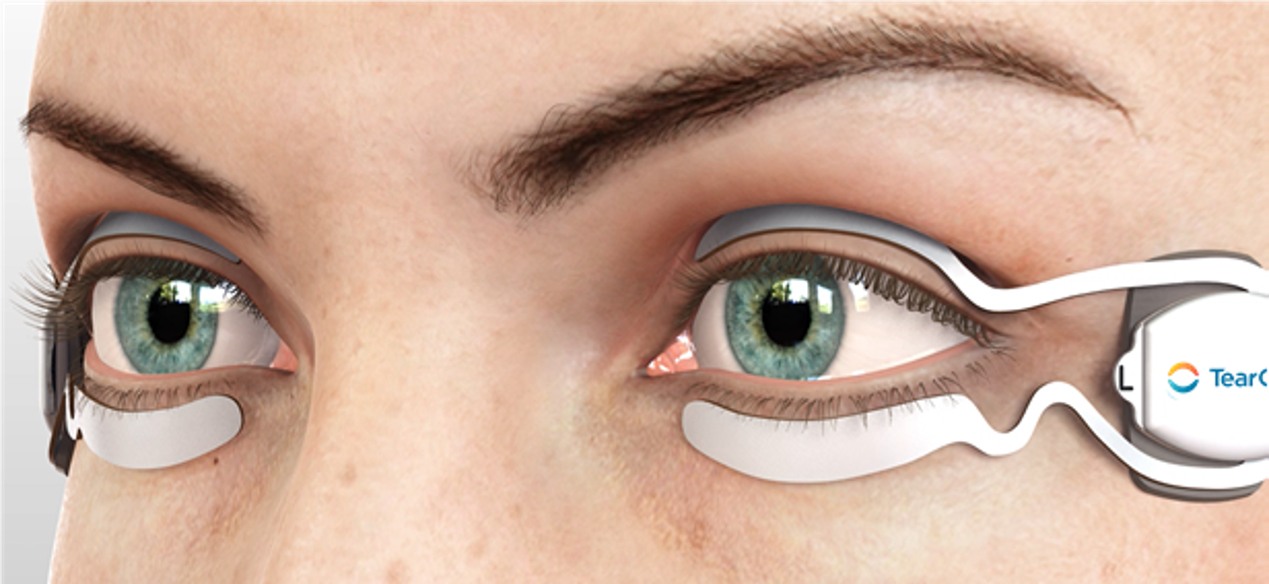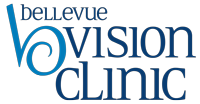
Dry Eye Treatments
Dry eye disease is a complex and chronic inflammatory condition that can lead to damage of the ocular surface and eyelids. This damage can impair your clarity, visual productivity, cause pain, discomfort and lead to aesthetic changes and early aging of the eyes and eyelids. Early intervention is crucial to your eye health and quality of life.
The symptoms of Dry Eye Disease (DED) can be a problem for all ages, but it is more common as we get older. It occurs when your tears are not sufficient to keep the front surface of the eye, your cornea, well lubricated. The cornea needs constant lubrication by tears to stay healthy.
- Stinging and Itching
- Excessive Tearing
- Burning Sensation
- Inflammation And Redness
- Sandy/Gritty Feeling
- Sensitivity To Light
We provide the latest information about dry eye diagnosis, treatment, research, and products pertinent to dry eye patients. Our philosophy is diagnosis should come before treatment. We use most current technology to find the cause of your dry eye so we can tailor your treatment to maximize results. We provide patients with an in-depth diagnosis and treatment program to improve their symptoms and overall quality of life.
Treatments and products for dry eye:
- Micro exfoliation of lid margin (blephex/Zest)
- Thermal expression treatments (Tearcare)
- Dry eye diagnostic (meibography, Topography and tear film scan)
- Prokera amniotic membrane
- Medication treatments
- Scleral lenses
- BVC Dry eye
